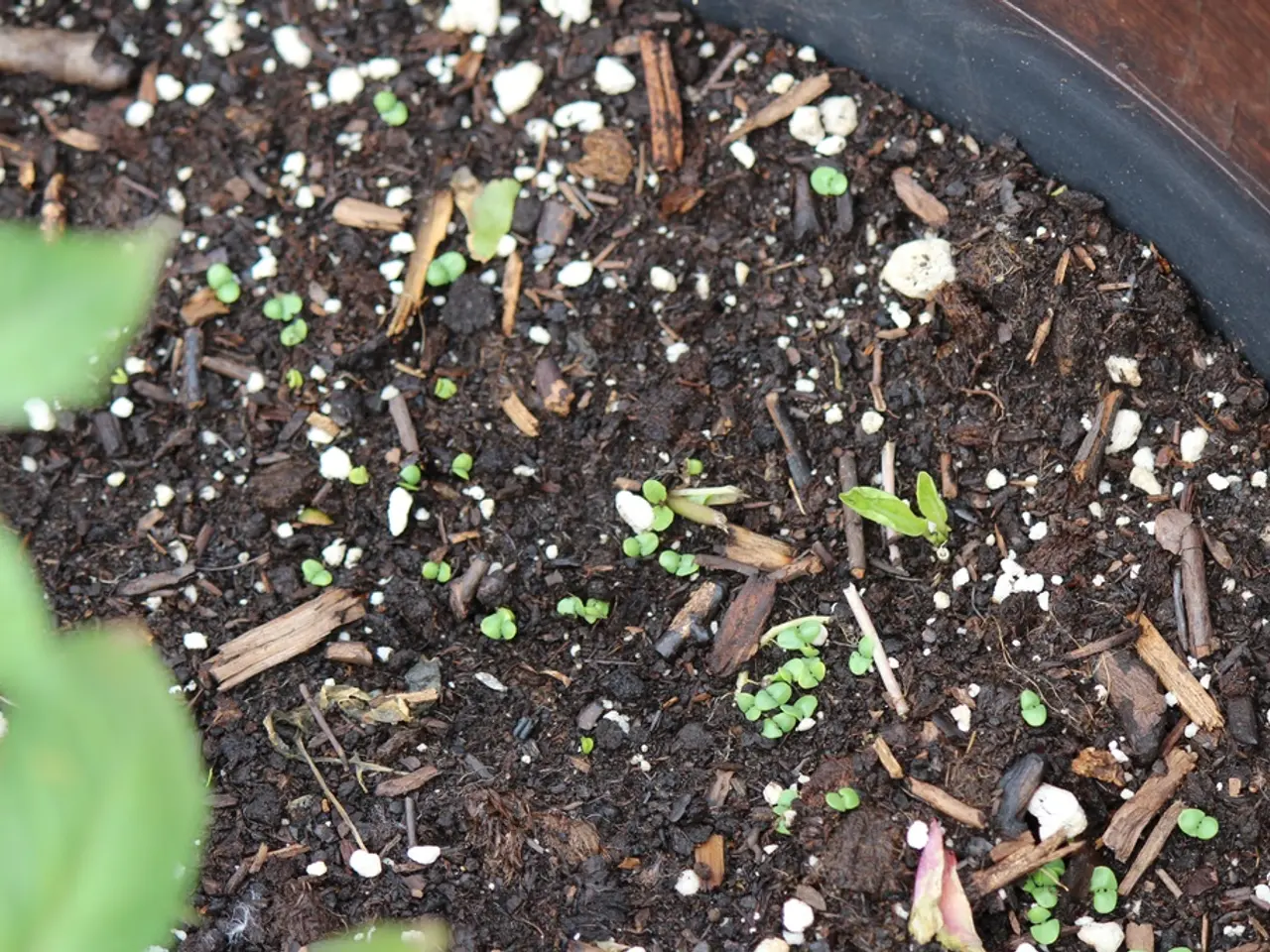Soil Carbon Sequestration: A Powerful Tool in the Fight Against Climate Change
The Intergovernmental Panel on Climate Change (IPCC) has highlighted a powerful tool in the fight against climate change: soil carbon sequestration. This process, which involves absorbing and storing atmospheric carbon dioxide (CO2) in soil, has the potential to offset up to 5.5 billion tonnes of CO2 emissions annually.
Soil organic matter (SOM), the biggest carbon reservoir in terrestrial ecosystems, stores three times as much carbon as plants and more than twice as much as the atmosphere. To enhance this natural process and reduce climate change impacts, several key agricultural practices are recommended. These include maintaining continuous plant cover to avoid bare soil, adapting fertilization to plant growth to minimize nitrogen losses, practicing regenerative agriculture to improve soil health and biodiversity, and protecting grasslands and organic soils to enhance humus buildup and carbon sequestration.
Techniques such as conservation tillage, cover cropping, agroforestry, nutrient management, and grazing management can also help store carbon in the soil. By adopting these sustainable and regenerative farming practices, farmers can reduce their carbon footprint, enhance soil health, increase crop yields, and improve resilience to extreme weather events.
Soil carbon sequestration, when integrated into agricultural practices, can significantly contribute to lowering atmospheric CO2 levels and enhancing soil productivity and health. Encouraging this process can help reduce the effects of climate change and advance sustainable agricultural and land management methods, promoting more resilient and sustainable agricultural systems.
Read also:
- Setting Up and Expanding Operations at a Soil Blending Facility
- Regional University's healthcare system strengthened through collaborative partnership with Chancellor Dr Fiona Hill
- Reminisced University Trustee David M. Flaum as a 'fervent advocate' for the University and community
- Getting Up to Urinate During Sleep Affecting Your Slumber Quality? Here's a Solution








